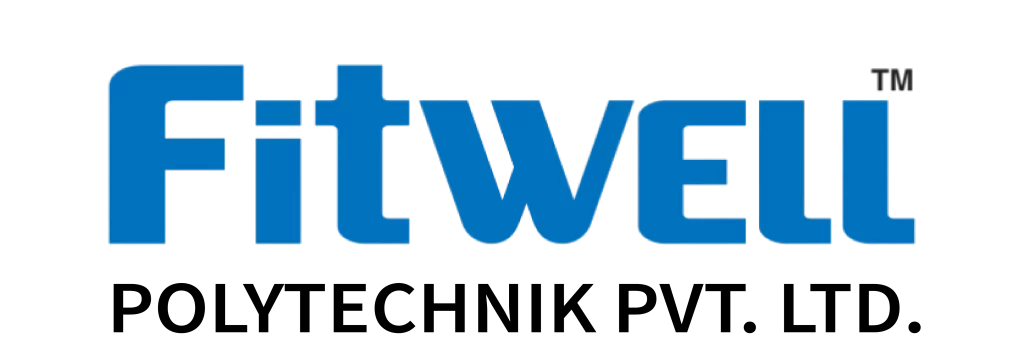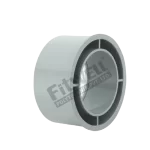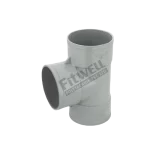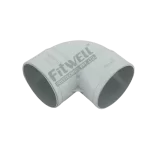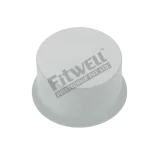Innovations in UPVC Pipe Manufacturing: What’s New in the Industry
Introduction
The UPVC (Unplasticized Polyvinyl Chloride) pipe industry has seen significant innovations in recent years, driven by the need for durable, environmentally friendly, and cost-effective piping solutions. From new materials to advanced manufacturing technologies, these developments are setting new standards for quality, performance, and sustainability in the piping industry. In this post, we’ll delve into the latest trends in UPVC pipe manufacturing, including advancements in materials, production techniques, and their impact on the environment.
The Evolution of UPVC Pipe Manufacturing
UPVC pipes have been widely used in construction, plumbing, and agricultural applications due to their resistance to corrosion, chemical stability, and long lifespan. Traditional manufacturing methods involved basic extrusion processes, but as technology has evolved, so have the manufacturing techniques.
- Initial Production: Early UPVC pipes were manufactured using simple extrusion processes that required a lot of energy and time.
- Current Trends: Today, the industry is seeing a shift towards more energy-efficient and eco-friendly production methods, incorporating innovative materials and technologies.
Latest Materials in UPVC Pipe Production
The use of advanced materials in UPVC pipe manufacturing has significantly improved the quality and performance of pipes.
1. Enhanced PVC Formulations
Manufacturers are now using specially formulated PVC compounds to produce UPVC pipes with improved properties, such as higher tensile strength and flexibility. These new formulations make the pipes more resistant to high pressure, temperature changes, and UV radiation.
- Impact-Resistant Materials: Some UPVC pipes now include impact modifiers to enhance their durability, making them suitable for high-stress environments.
- Lead-Free Compositions: A significant shift towards lead-free and non-toxic additives in UPVC production has resulted in safer, more environmentally friendly pipes. This change aligns with growing regulatory standards and consumer demand for safer products.
2. Eco-Friendly Additives
The introduction of environmentally friendly additives has revolutionized UPVC pipe manufacturing. Modern pipes now use stabilizers, lubricants, and fillers that are non-toxic and biodegradable, reducing the environmental footprint of the production process.
- Calcium-Zinc Stabilizers: These are replacing traditional lead-based stabilizers, offering a safer alternative without compromising the pipes’ performance.
- Recyclable Materials: Some manufacturers are integrating recycled UPVC materials into their products, promoting a circular economy within the industry.
Advanced Technologies in UPVC Manufacturing
Advancements in manufacturing technologies have played a key role in improving the quality and efficiency of UPVC pipe production.
1. Extrusion Technology
High-speed extrusion lines equipped with advanced control systems ensure consistent pipe dimensions, wall thickness, and smooth surfaces, contributing to the overall quality and longevity of UPVC pipes.
- Precision Control: Modern extrusion machines use computer-aided control systems to monitor temperature, pressure, and speed, ensuring uniformity and reducing material waste.
- Co-Extrusion: This process allows the production of multi-layer pipes, where each layer can have distinct properties, such as enhanced UV protection or improved flexibility.
2. Automation and Smart Manufacturing
Automated production lines have become a norm in UPVC pipe manufacturing. Smart technologies such as the Internet of Things (IoT) and Artificial Intelligence (AI) are used to monitor and optimize the production process, resulting in higher productivity and reduced operational costs.
- Quality Control: AI-powered systems can detect defects in pipes during production, allowing manufacturers to address issues in real-time, ensuring that only high-quality products reach the market.
- Energy Efficiency: Automated machinery helps reduce energy consumption during manufacturing, aligning with the industry’s sustainability goals.
Manufacturing Process of CPVC Piping Systems
Environmental Impacts and Sustainability Efforts
As environmental concerns grow, UPVC pipe manufacturers are implementing strategies to reduce their carbon footprint and promote sustainability.
1. Reduced Carbon Emissions
New manufacturing processes require less energy, resulting in lower carbon emissions. Additionally, the use of recyclable materials in UPVC pipes minimizes the environmental impact, as the pipes can be reprocessed and reused at the end of their lifecycle.
2. Water and Energy Conservation
Innovations in UPVC pipe manufacturing include the use of closed-loop water systems, which recycle water used during the cooling process, reducing water wastage. Energy-efficient machinery further lowers the overall energy consumption of the production process.
3. Compliance with Environmental Standards
Manufacturers are increasingly seeking certifications like ISO 14001, which focus on environmental management systems. These certifications not only demonstrate a commitment to sustainability but also provide consumers with confidence in the eco-friendliness of the products.
The Role of Pipe Fittings in Modern UPVC Systems
Pipe fittings are essential components of any piping system, facilitating the flow of water, gas, or other fluids. With innovations in UPVC pipe manufacturing, fittings have also evolved to meet the demands of modern applications.
1. Fitwell Pipe Fittings
Fitwell has emerged as a leader in producing high-quality UPVC pipe fittings, offering a range of products designed for various piping needs. Their fittings are manufactured using advanced materials and processes, ensuring durability, leak-proof connections, and easy installation.
- High-Quality Materials: Fitwell uses premium-grade UPVC for their fittings, which are resistant to chemicals, corrosion, and extreme temperatures.
- Versatile Range: Their product line includes elbows, tees, couplings, and more, catering to diverse plumbing and industrial applications.
Industry Certifications and Quality Standards
UPVC pipe manufacturers are now prioritizing certifications and adherence to quality standards to ensure the safety, durability, and performance of their products.
1. ISO 9001 Certification
Manufacturers achieving ISO 9001 certification demonstrate a commitment to maintaining high standards in quality management. This certification covers aspects like product design, production, and customer satisfaction, ensuring that UPVC pipes and fittings meet industry requirements.
2. ASTM and DIN Standards
Manufacturers are also complying with international standards, such as ASTM (American Society for Testing and Materials) and DIN (German Institute for Standardization), which specify requirements for UPVC pipes’ dimensions, pressure ratings, and mechanical properties.
Conclusion
The UPVC pipe manufacturing industry is evolving rapidly, driven by the need for more durable, eco-friendly, and high-performing products. Innovations in materials, advanced manufacturing technologies, and a focus on sustainability have positioned UPVC pipes as the preferred choice for a variety of applications. Quality pipe fittings, like those from Fitwell, complement these advancements by ensuring reliable connections and long-lasting performance in modern piping systems.
Stay on the forefront of industry trends by checking out our latest content
Stay ahead with our latest content, designed to keep you informed on the newest industry trends and insights. Discover valuable updates that help you lead in your field.

How to Connect PVC Pipe to an Outside Water Faucet: Step-by-Step Guide
How to Connect PVC Pipe to an Outside Water Faucet: Step-by-Step Guide How Do You Connect a Spigot to a PVC Pipe? To connect a spigot to a PVC pipe,

Choosing the Best PVC Pipes for Agriculture and Outdoor Applications: A Comprehensive Guide
Choosing the Best PVC Pipes for Agriculture and Outdoor Applications: A Comprehensive Guide Which PVC Pipe is Best for Agriculture in India? PVC pipes are an essential component in modern

A Comprehensive Guide to CPVC Fittings, Pipe Fitters, and Joining Techniques
A Comprehensive Guide to CPVC Fittings, Pipe Fitters, and Joining Techniques What Is a Piping Fitter? Roles and Responsibilities of a Piping Fitter A piping fitter specializes in installing, assembling,
Request a Free Consultation
Get personalized plumbing solutions with a free consultation from Fitwell.
